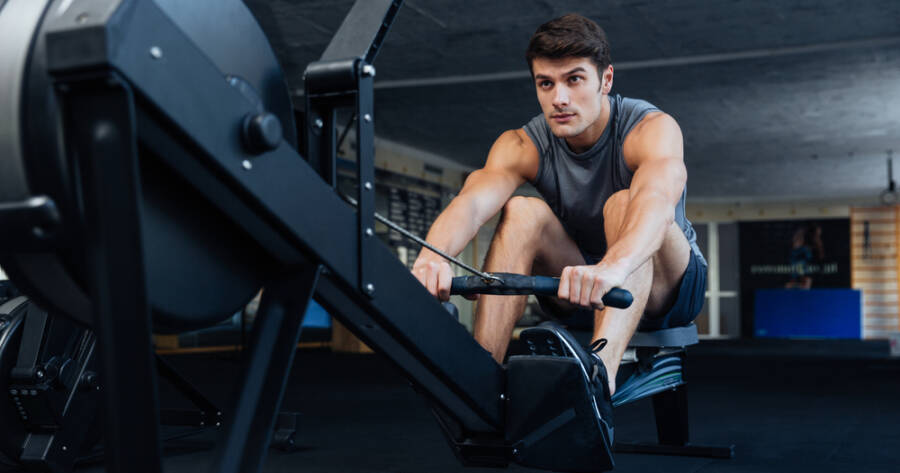Turning a basement into a home gym can be a great way to stay fit without needing a large space. However, basements often have low ceilings, which can limit workout equipment options. The right gear should fit comfortably, allow full movement, and provide an effective workout. Here are the best choices for basement-friendly fitness equipment.
Compact Cardio Machines for Low Ceilings
Traditional treadmills and ellipticals may not be ideal for basements with limited height. Many models require extra space when in use, especially for taller individuals. Instead, consider low-profile alternatives that provide effective cardiovascular exercise without taking up too much vertical room.
Rowing machines are a great option since they sit close to the ground and engage multiple muscle groups. They offer an intense workout without requiring much ceiling clearance. Another excellent choice is an under-desk or compact stationary bike, which allows users to pedal while seated, making it suitable for low ceilings.
Adjustable Strength Training Options
A full-size power rack may not fit in a basement gym, but that doesn’t mean strength training has to be limited. Adjustable dumbbells are a space-saving solution, offering a range of weight options without taking up much room. They allow users to perform a variety of exercises while keeping the space organized.
Resistance bands are another great alternative. They provide muscle-building resistance without needing large equipment. These bands are effective for full-body workouts and can be attached to doors, walls, or sturdy basement beams. Kettlebells also work well in tight spaces and offer dynamic strength training exercises.
Space-Saving Bodyweight Equipment
Bodyweight exercises are effective for strength and flexibility and require minimal equipment. Gymnastic rings or suspension trainers can be anchored to basement beams or sturdy ceiling hooks, providing a versatile workout without taking up floor space. These tools are excellent for core strengthening and upper-body workouts.
Push-up bars and parallettes are also great additions to a basement gym. They help improve form and reduce wrist strain during exercises like push-ups and dips. Since they are compact and portable, they can be stored easily when not in use.
Flexible Flooring and Storage Solutions
A good basement gym needs proper flooring to protect the surface and provide comfort during workouts. Interlocking foam mats or rubber flooring can help absorb impact and reduce noise, making workouts safer and more comfortable. These materials are also easy to install and remove if needed.
Storage solutions are also important to keep the space functional. Wall-mounted racks, shelving units, and compact storage bins can help keep equipment organized. Foldable benches and collapsible workout gear can maximize space while still allowing for effective training sessions.
Maximizing Your Basement Gym Potential
A basement with a low ceiling can still be transformed into an effective workout space with the right equipment. Compact cardio machines, adjustable strength training gear, and bodyweight workout tools provide excellent fitness options without requiring much height.
Choosing smart storage solutions and proper flooring ensures a comfortable and practical gym setup. With careful planning, a basement gym can be both functional and enjoyable.

